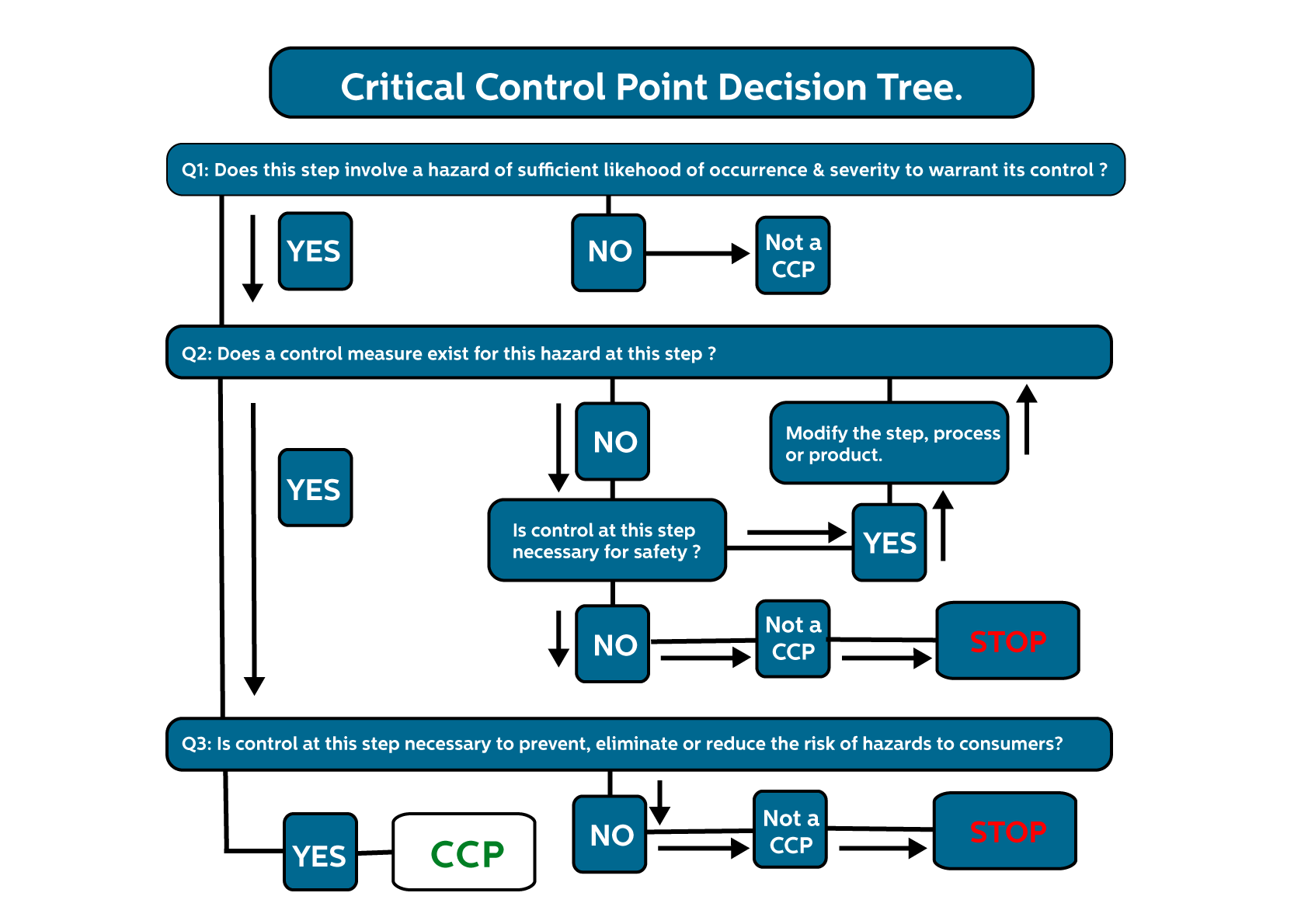Fresh salad shelf life is extended from 2/5 days to 5/10 days (x 2) when packed using the MAP method in hermetically sealed flexible packaging.
Cheese shelf life is extended from 4/14 days to 1/3 weeks (x 1.5) when packed using the MAP method in hermetically sealed flexible packaging.
Coffee shelf life is extended from 4/8 months to 1/2 years (x 2.5) when packed using the MAP method in hermetically sealed flexible packaging.
Raw salmon shelf life is extended from 2/3 days to 4/6 days (x 2) when packed using the MAP method in hermetically sealed flexible packaging.
Raw seafood shelf life is extended from 2/4 days to 4/9 days maximum (x 2) when packed using the MAP method in hermetically sealed flexible packaging.
Bread shelf life is extended from 14 days to 40 days maximum (x2.8) when packed using the MAP method in hermetically sealed flexible packaging.








